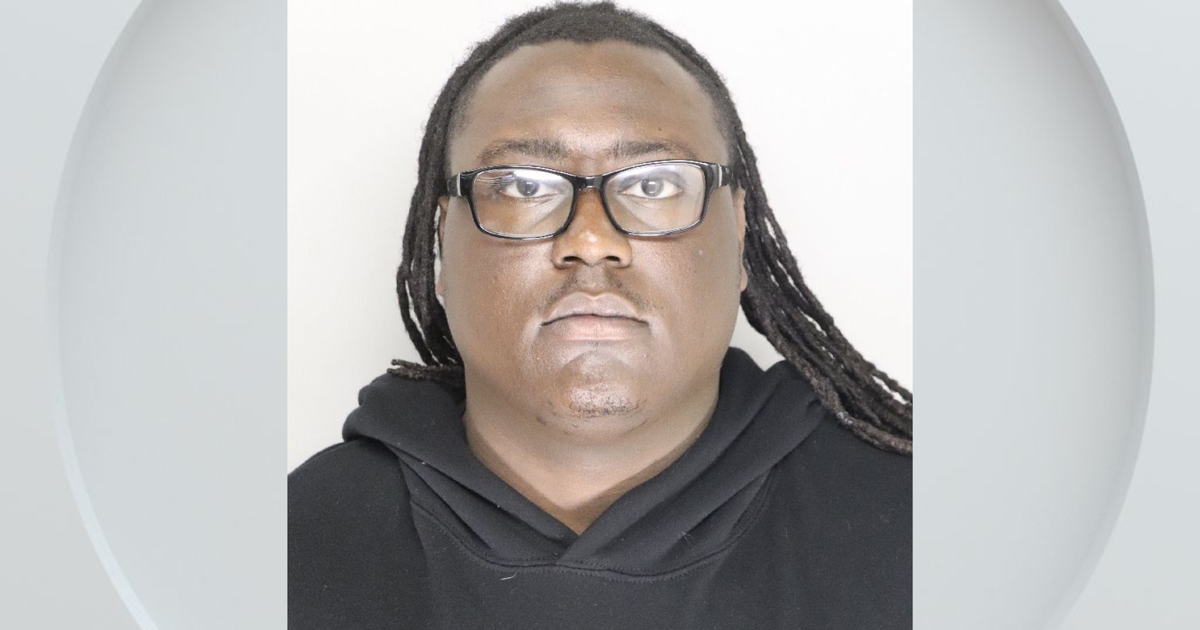Fallout widens after released video shows Sacramento officers handcuffing child
SACRAMENTO – Public scrutiny looms over the Sacramento Police Department after an audit revealed multiple civil rights violations, but a video of officers handcuffing a 10-year-old girl is creating a firestorm.
The incident in question stems from February 2022. Body cam footage shows officers grabbing a young girl and placing handcuffs after she opened the door. You can hear an officer ask who else is in the house as the young girl cries.
The video is hard to watch for many.
"I wish I could say 'shocked,' " said Meg White, co-founder of Justice Unites Individuals and Communities Everywhere. "Unfortunately, Sacramento has a history of being very brutal, specifically with Black residents."
The Sacramento Office of Public Safety released a scathing audit that includes 100-plus complaints filed against Sacramento officers over a two-year span.
White believes the number of civil rights violated is much higher, citing those were just the reports filed.
The city's police chief admitted some of the misconduct, saying she agrees the department can and must do better.
Does this mean it plans to adopt a handcuff policy for kids? Sacramento police told CBS13 it is reviewing and considering the implementation of those policies.
Police experts explained the use of handcuffs.
"Handcuffing is done for one or two reasons for the safety of officers and for other citizens and the safety of the person who may be taken into custody," said Dr. Shelby Moffatt, a professor at Sacramento State and former Sacramento officer.
The report shows officers violated people's constitutional rights in more than a third of those cases.
Questionable interactions also include minor traffic infractions for illegal window tints with no intention of enforcement or issuing a ticket.
Complaints came from Black or Latino drivers — an example of racial bias, according to critics. But a former Sacramento sheriff said he is not sure there is a problem with the stops based on the released data.
"Well, if you think about that and engage in a little critical analysis, how do you know if it's a person of color driving the car that is tinted to where you can't see in?" John McGinness said.
As for why no citations, he explained verbal warnings are sometimes the appropriate action for an officer.
With mistrust elevated between police and communities of color, what would it take to build trust? To enforce that the police department actually follows the policies that the community needs, White said.



